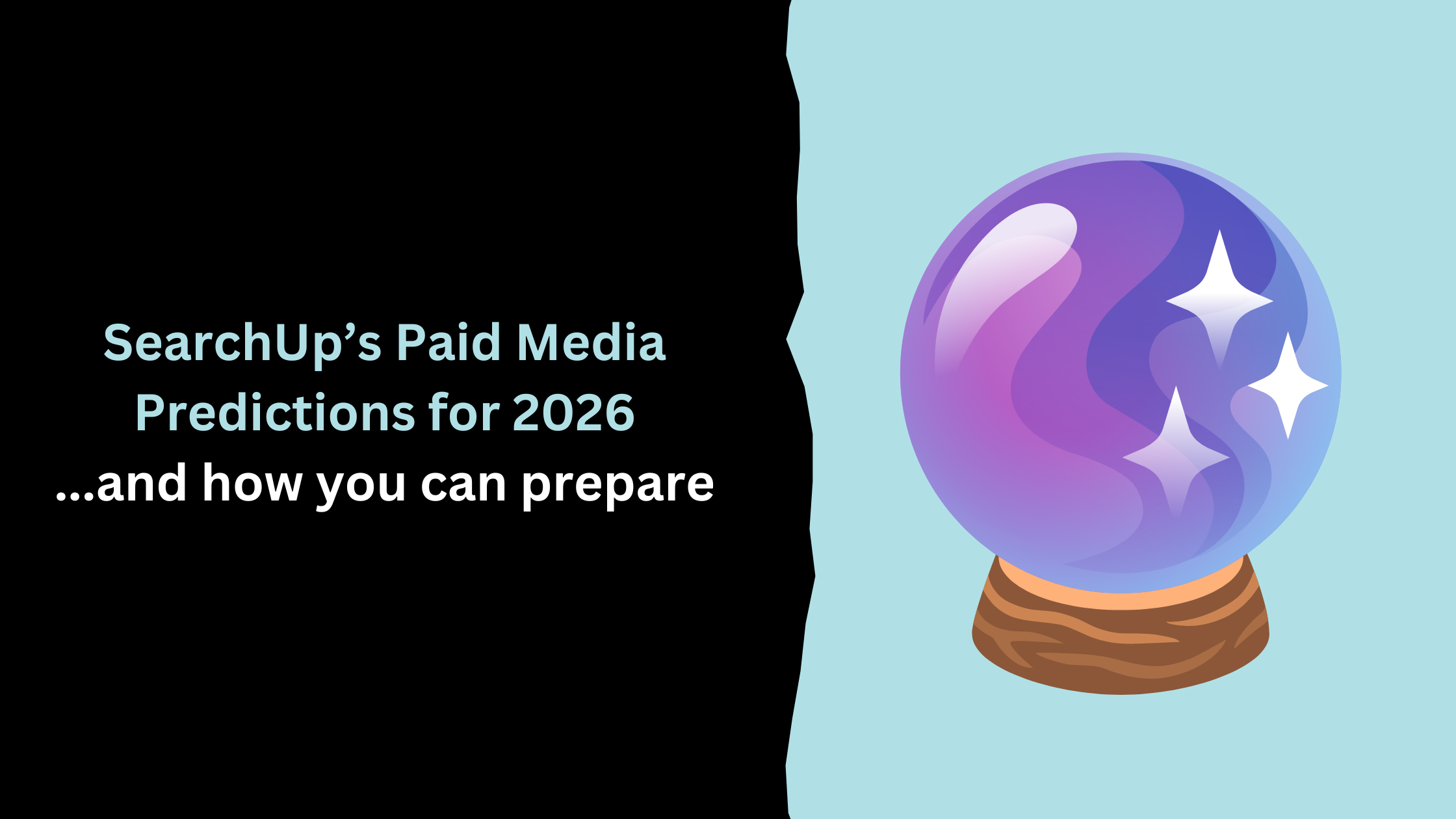How to Write a Digital Marketing Strategy (and Why You Should Question Your Digital Agency if They’re Not Asking These Questions!) | SearchUp

Table of Contents
A digital strategy will be different for every business. However, there are some fundamental questions you, or your digital agency should be asking in order to arrive at the plan as to whether you are looking to drive enquiries or sales or whether you are looking to speak to businesses or consumers. This list is none exhaustive but follows the Digital Marketing Institute’s framework, and, in our experience works pretty well.
The DMI framework is based on three principles:
- Initiate
- Iterate
- Integrate
To initiate, start with the customer and work towards your digital goals. This can often be the hardest part – building a customer profile that is based on market reality and not market aspiration is the best way to do this. Your business may aspire to be a market leader and you may have plans to turn over millions in the next five years, but if you currently turn over thousands your customer profile will be different. Route your target customer in reality and not aspiration.
The second principle, iteration, is one of the unique strengths of digital marketing. Unlike analogue channels, the web has democratised marketing. AdWords auctions are not purely based on budget size but a whole host of other factors, such as relevance, customer experience and the opaque ‘quality score’ which favours the customer experience over budget. As we explored recently, Google wants its users to have the best experience of its service. In a nutshell, iteration allows a business to dip their toe in the water and change the approach based on empirical evidence quickly.
The third principle, integrate, is all about tone of voice. The way you broadcast your business to the market should be channel agnostic. Digital should not operate in a silo, your website and your web based marketing should work in tandem with your other broadcast mediums so the experience your customers get of your brand is Omni-channel.
So, what about those questions then – Let’s start with your customer:
Who is the sweet-spot customer? What do they look like and where do they ‘hangout’ online? Remember your customer profile here and market reality. You might want to sell to the CFO of a multi-national but if your customer is another SME your choice of channel and messaging will be very different.
We now have our target customer, how do we speak to them? Google Analytics is a gold mine of free Cookie based inferred information – use it! If, by looking at your analytics dashboard you can infer that your customer is a certain age and in a certain location you can make informed choices about the channels you would use to address them.
How do you measure up? How does your business stack up against your competitors, more widely in your sector and in industry trends? Be honest, Rome wasn’t built in a day and a digital strategy is a never-ending process – remember you need to iterate all the time.
What’s your current situation? How good is your website? Is it geared for conversions or just looking pretty? How do you rank against your competitors in natural search? Do you use email marketing, if so what is the size of your email database?
Can you create a customer search insights model? For instance if you sell clothes online have you considered the ‘Five P’s’ – Person – age, sex, social group, Place – city or rural, Product – type of apparel the audience might want Priority – Do they want a winter coat now? And, finally Purchase – where in the funnel are they?
The questions don’t, or shouldn’t, stop there. By asking some or all of the questions above you, or your digital agency, should be able to create a cohesive plan aligned with your wider business objectives and rooted in market reality. So, if your digital agency is not asking these questions, should you be asking questions of them?
Get in touch today
complete the form below for an informal chat about your business




.png)
.png)

